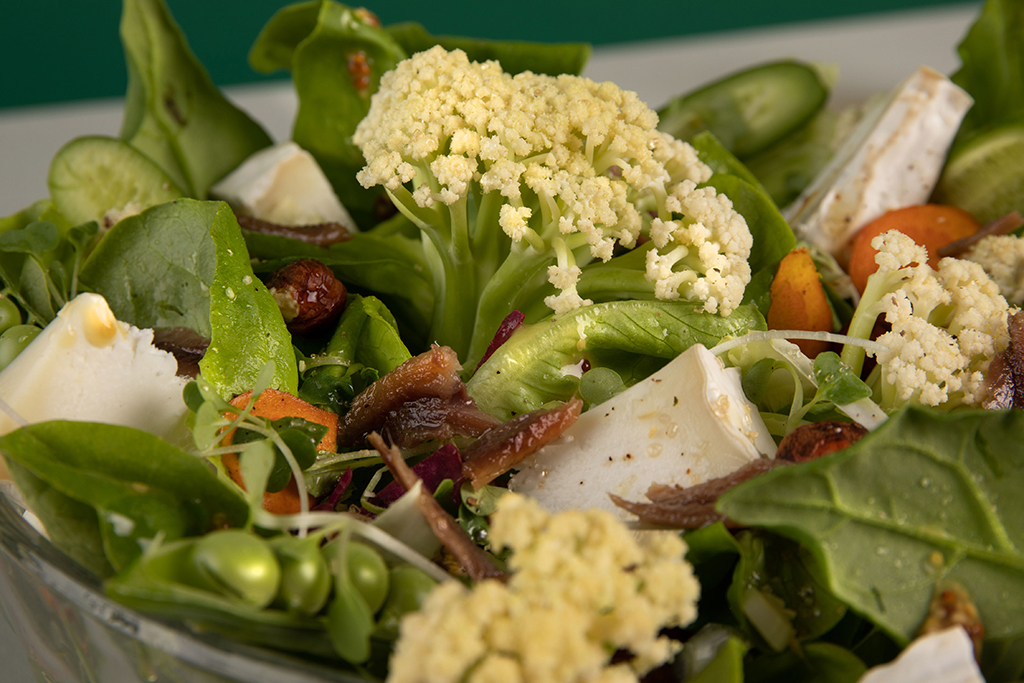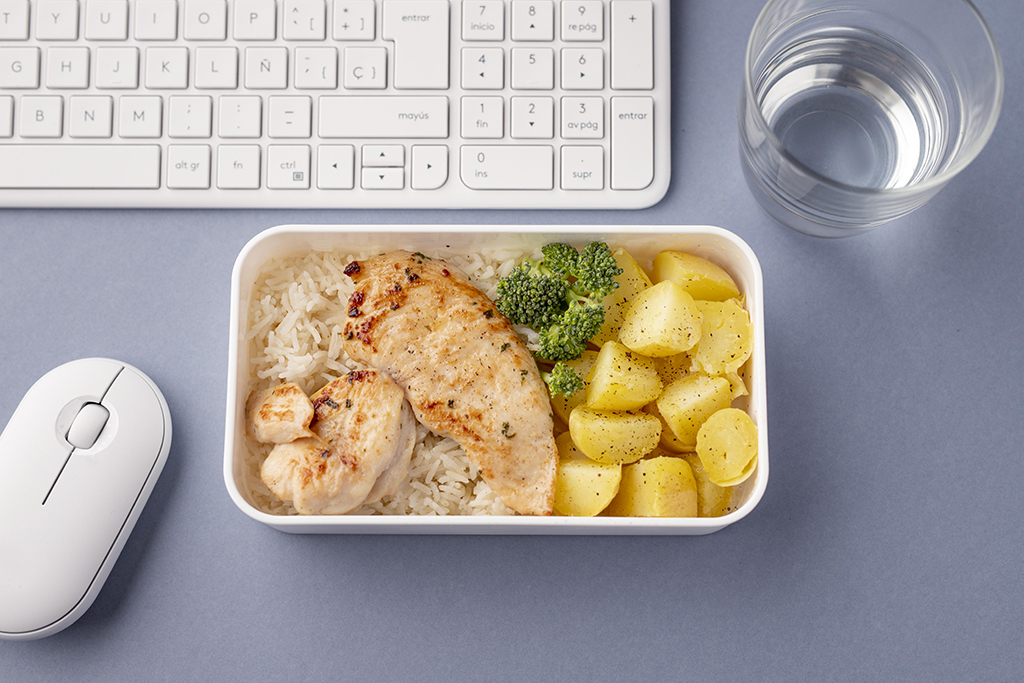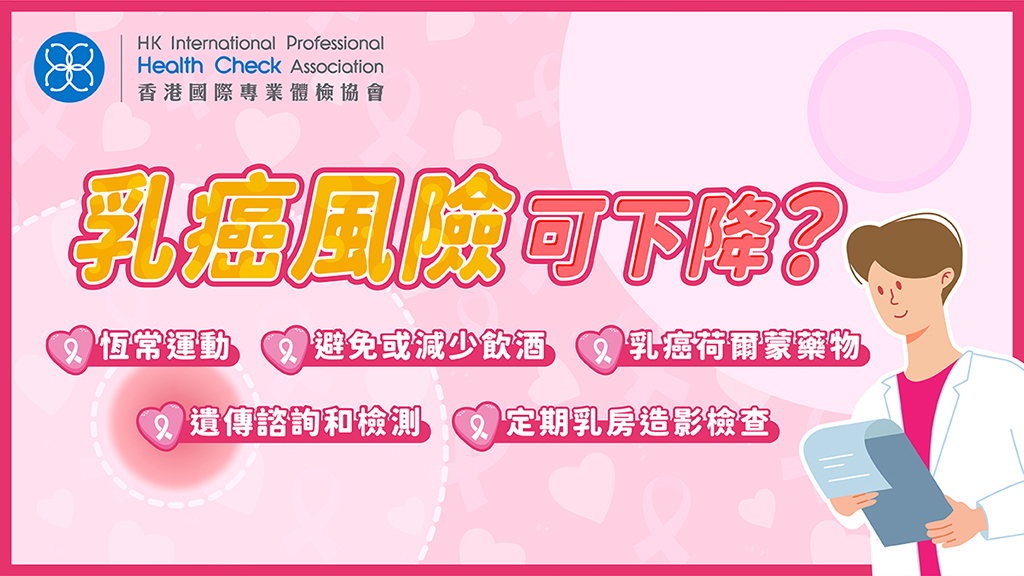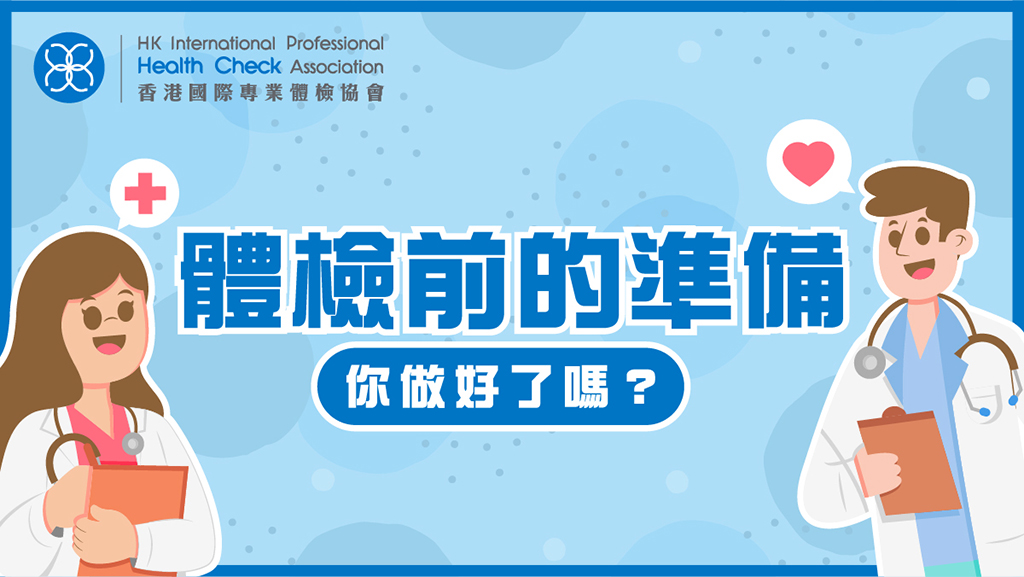
Anti-cancer artifact: cruciferous vegetables
Vegetables are indispensable in a healthy diet, and in recent years, “cruciferous vegetables” have become popular, and some studies have pointed out that in addition to being low in calories and nutritious, they also have antioxidant, detoxifying, and even anti-cancer effects.
Common cruciferous vegetables
There are thousands of species of cruciferous vegetables, and the following will introduce you to three categories and 10 common cruciferous vegetables.
●Cabbage: Chinese cabbage, baby cabbage, choy sum, etc
●Cabbage: cauliflower, broccoli, kale, Brussels sprouts, etc
●Radish: green radish, white radish, carrot
Cruciferous Vegetables – Full Score for Nutrition!
The pungent smell and bitter taste of cruciferous vegetables are mainly due to the glucosinolates contained in them. After pre-treatment, cooking, and digestion, glucosinolates are converted to produce indole and isothiocyanate, which are considered to have anti-inflammatory, antibacterial, and even antioxidant effects.
In addition, cruciferous vegetables are also rich in nutrients such as vitamin C, vitamin K and carotene (including beta-carotene, lutein and zeaxanthin). Among them, vitamin C is an antioxidant nutrient that effectively helps the body to deorganize. Vitamin K is a fat-soluble vitamin that helps to maintain blood clotting and maintain blood health. Carotene can produce vitamin A, which is beneficial for maintaining the body’s immunity and vision. At the same time, cruciferous vegetables are also rich in potassium, which helps to reduce edema and blood pressure.
Is blanched vegetables the healthiest? Steaming, stir-frying, grilling and baking are more ideal
A university in United Kingdom conducted a study to measure the loss of glucosinolates in four cruciferous vegetables, broccoli, cabbage, cauliflower and baby cabbage, boiled, steamed, microwaved and fried in oil. The results showed that glucosinolates were lost the most after 30 minutes of boiling, and glucosinolates were lost as much as 77% in broccoli. On the contrary, there is very little difference in nutrient loss after steaming, microwaving or frying.
Another study has pointed out that when cooking cruciferous vegetables, it is necessary to contact as little water as possible to retain the maximum nutrients. Cooking broccoli, for example, has little effect on vitamin C content. However, vegetables do need to be washed to remove pesticides, so it is recommended to “wash before cutting” and not to cut too finely. In addition to choosing cooking methods other than boiling, the cooking time should be minimised and the vegetables should not be exposed to water, such as sautéing, steaming or baking until fully cooked to retain more nutrients.
To prevent cancer, in addition to paying attention to your eating habits and eating more foods with anti-cancer effects such as cruciferous vegetables, it is also important to have regular physical examinations for cancer screening. Most cancers have no obvious symptoms in the early stage, so early detection can lead to early treatment even if the cancer is unfortunately diagnosed, reducing medical expenses and the arduous treatment process. HKIPHC’s comprehensive high-risk cancer health screening programme includes tumour marker tests for common cancers in Hong Kong to detect cancer risk in all aspects!




